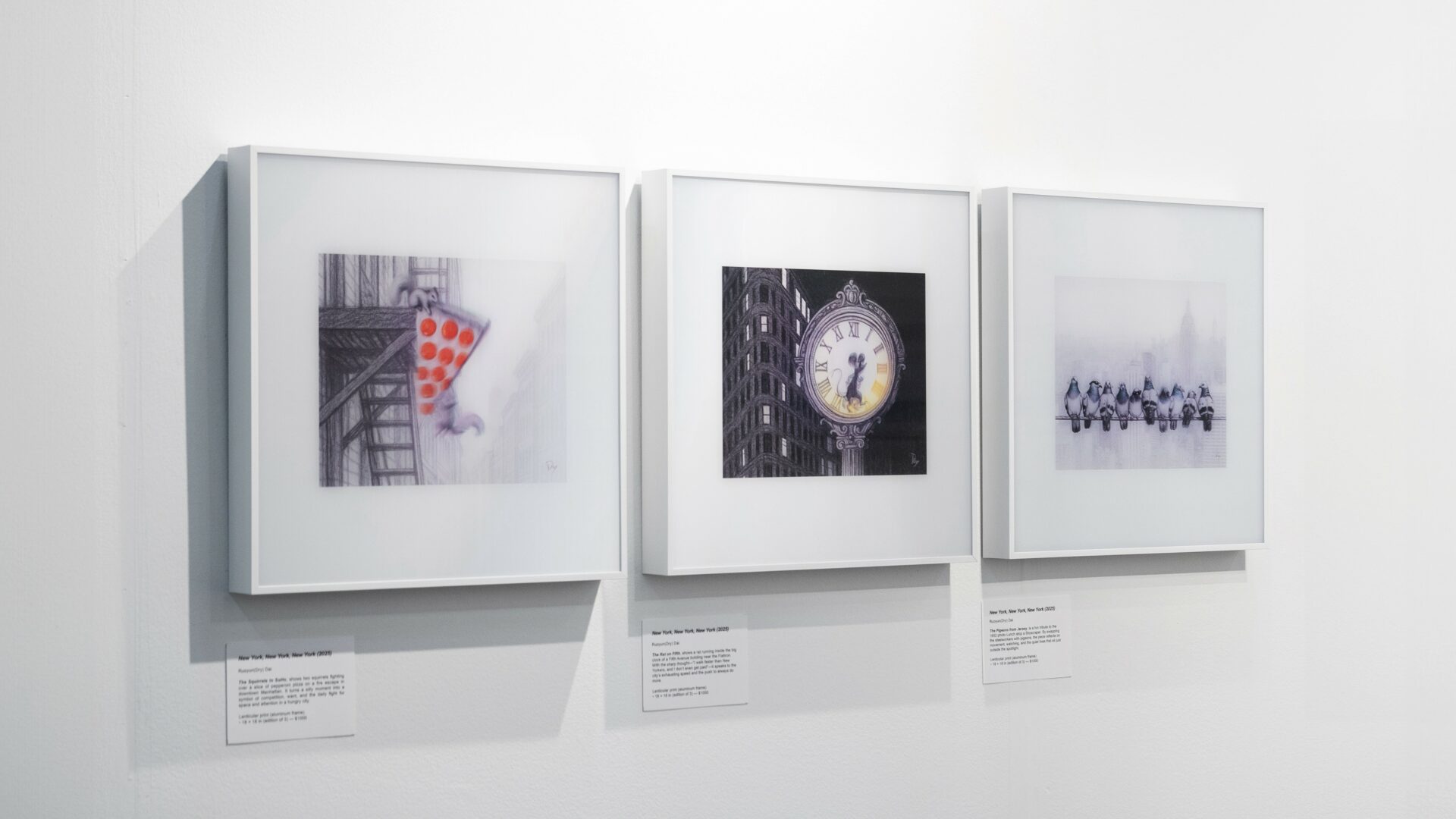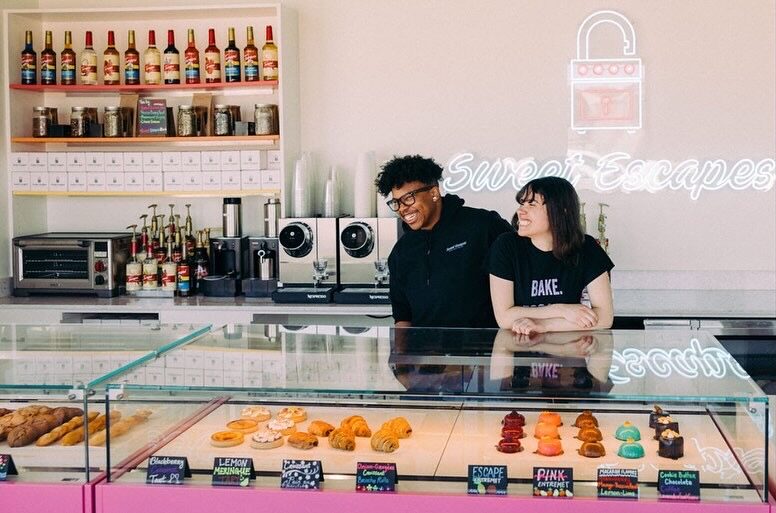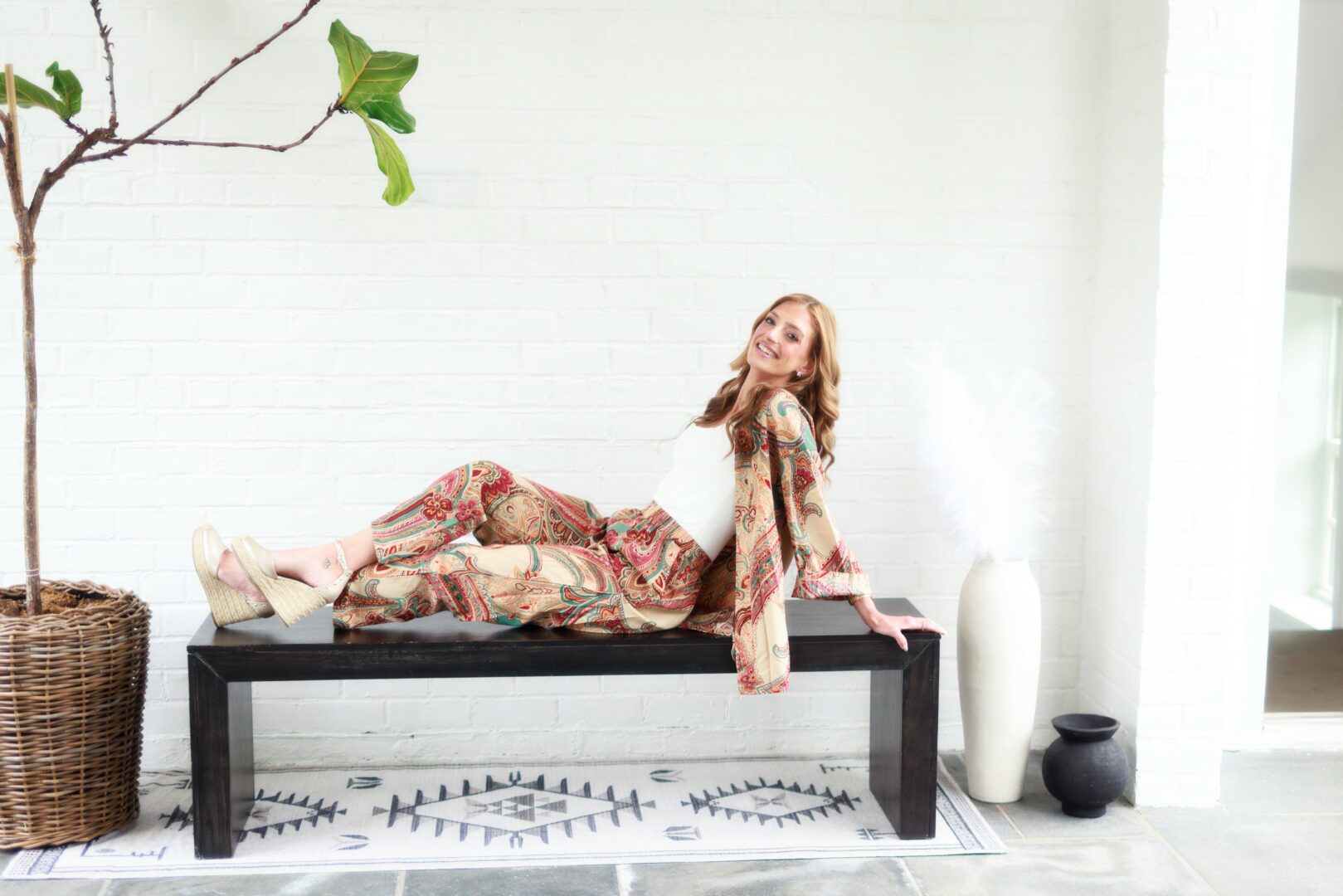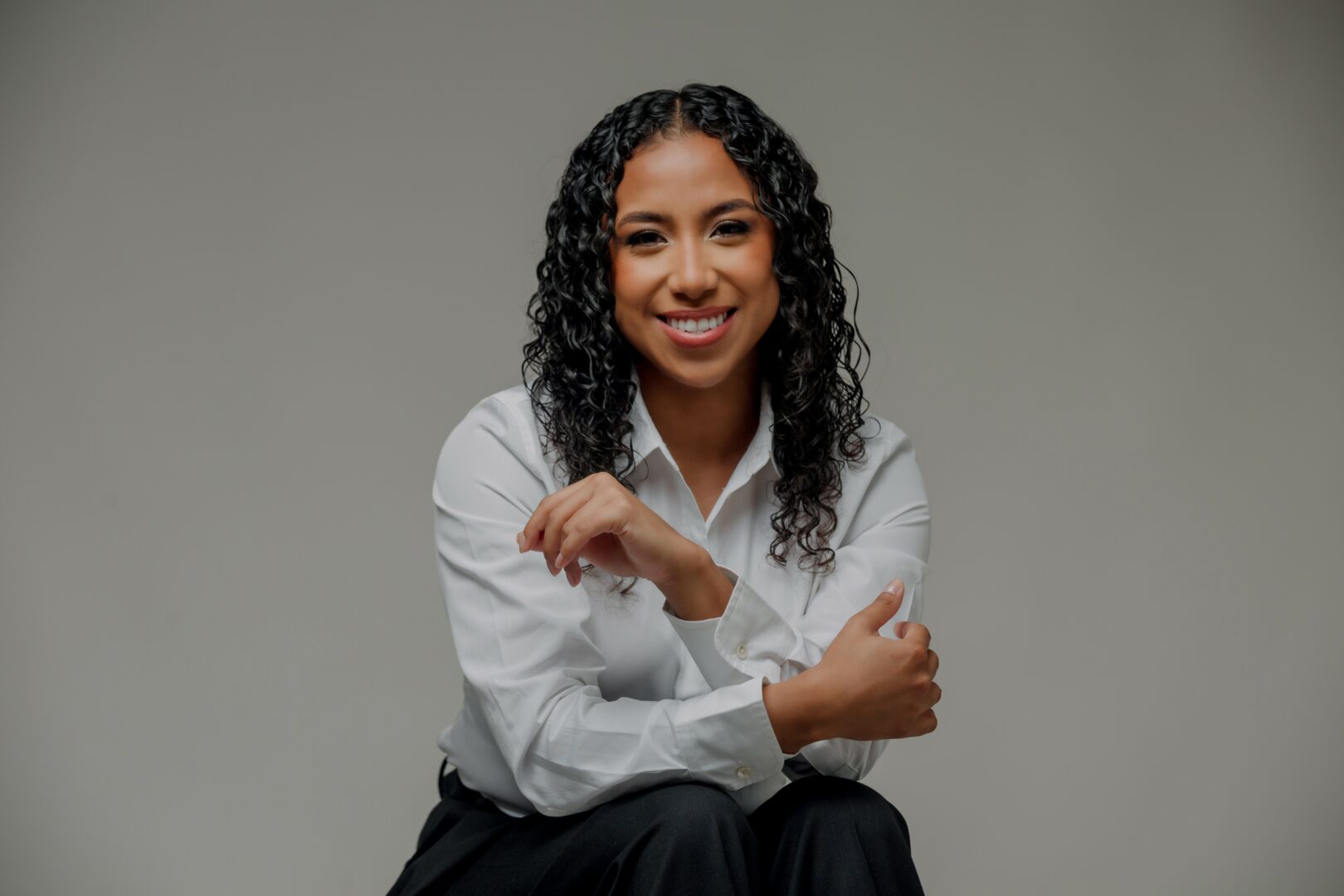We were lucky to catch up with Ruoyun Dai recently and have shared our conversation below.
Ruoyun, thank you so much for taking the time to share your lessons learned with us and we’re sure your wisdom will help many. So, one question that comes up often and that we’re hoping you can shed some light on is keeping creativity alive over long stretches – how do you keep your creativity alive?
Creativity is closely tied to life and one’s mental state. It needs constant nourishment—new experiences, emotions, and external stimuli—to stay alive. All design and art ultimately originate from life itself.
As a multidisciplinary designer working between art and technology, my new lenticular series “New York, New York, New York” was inspired by the everyday rhythm of living in New York. Sometimes, a seemingly insignificant moment on the street can leave a lasting impression without you realizing it. The city carries layers of history, yet it transforms every single day—and that ever-shifting balance between permanence and change is what keeps my creativity alive.
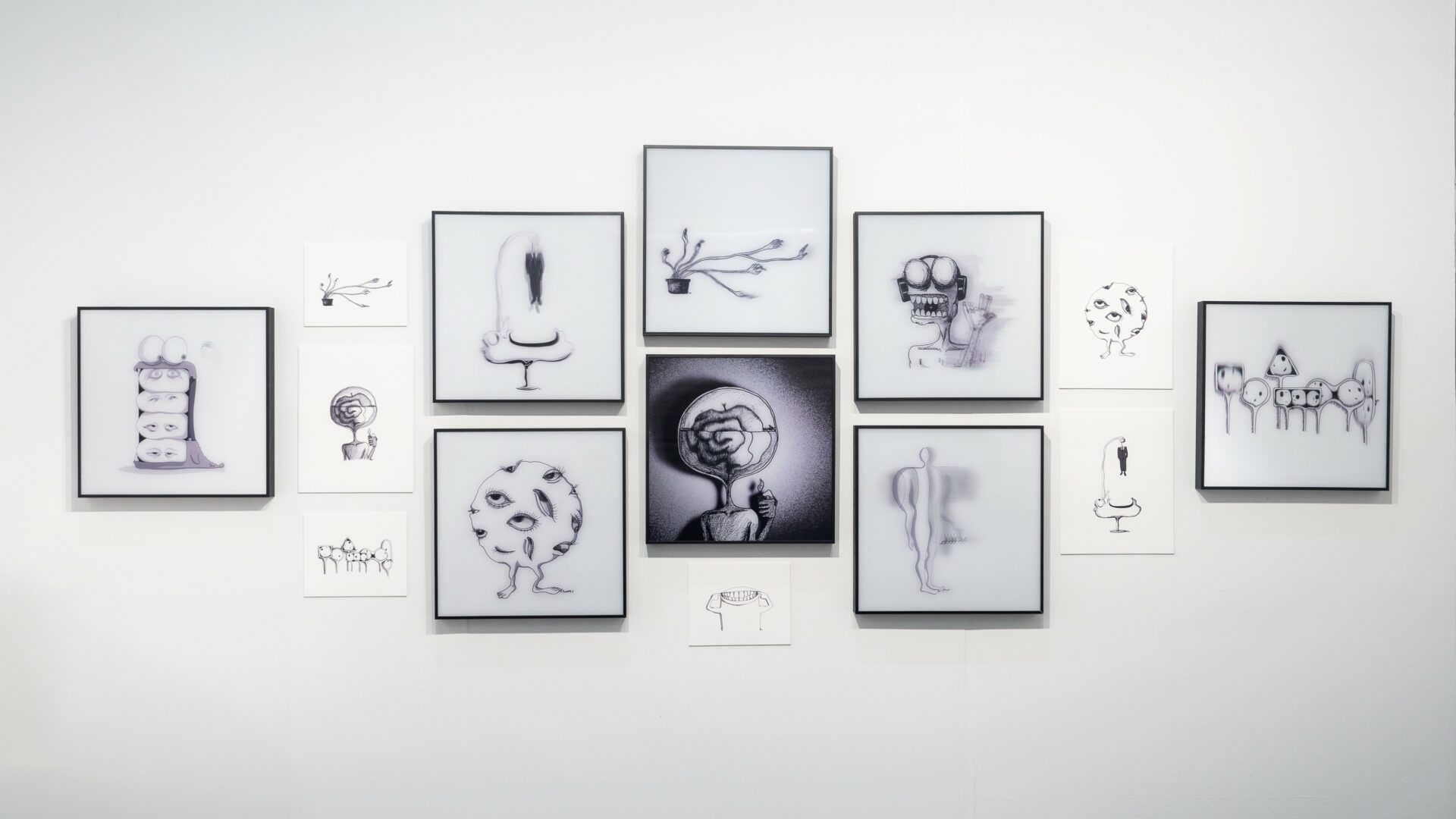
Thanks for sharing that. So, before we get any further into our conversation, can you tell our readers a bit about yourself and what you’re working on?
I’m a multidisciplinary artist and designer working at the intersection of art, technology, and emotional storytelling. My recent lenticular art series, “New York, New York, New York,” was inspired by my three distinct experiences of coming to this city. The first was in the winter of 2003—my very first trip to the United States. The second was the summer after my university graduation. And the third time, I finally moved here—not as a visitor, but as a creator finding my rhythm within the city’s pulse.
The series views New York through the eyes of its animal residents—pigeons, rats, and squirrels—reimagined as human-like characters in playful yet honest scenes. Each piece uses up to 56 frames to create subtle motion, revealing the city’s constant tension between chaos and poetry. “The Pigeons from Jersey” pays tribute to the 1932 photograph Lunch atop a Skyscraper by replacing the steelworkers with pigeons quietly watching from above. “The Rat on Fifth” depicts a rat running inside the clock near the Flatiron, thinking, “I walk faster than New Yorkers, and I don’t even get paid.” “The Squirrels in SoHo” captures two squirrels fighting over a slice of pizza—turning a small, humorous street moment into a reflection of competition and desire.
Presented at Art On Paper New York 2025 at Pier 36, this series explores how the smallest urban creatures mirror our own ambitions, exhaustion, and humor. For me, “New York, New York, New York” isn’t just about the city—it’s about how each return reshaped my perception of life, motion, and belonging.
If you had to pick three qualities that are most important to develop, which three would you say matter most?
Looking back, I think the three most impactful qualities in my journey have been curiosity, adaptability, and emotional awareness.
Curiosity keeps me exploring new mediums and ideas—it’s what led me from digital design into lenticular art, where I could blend technology with emotional storytelling. Adaptability helps me move between disciplines, from product design to fine art, and to see how tools from one field can reshape another. Emotional awareness allows me to connect deeply with my subjects and audiences—especially in my lenticular series “New York, New York, New York,” where humor and empathy turn simple street moments into reflections of human life.
For those early in their journey, I’d say: stay endlessly curious, learn to translate ideas across different mediums, and stay connected to your emotional truth. The work that lasts often comes from where your technical skill and human experience truly meet.
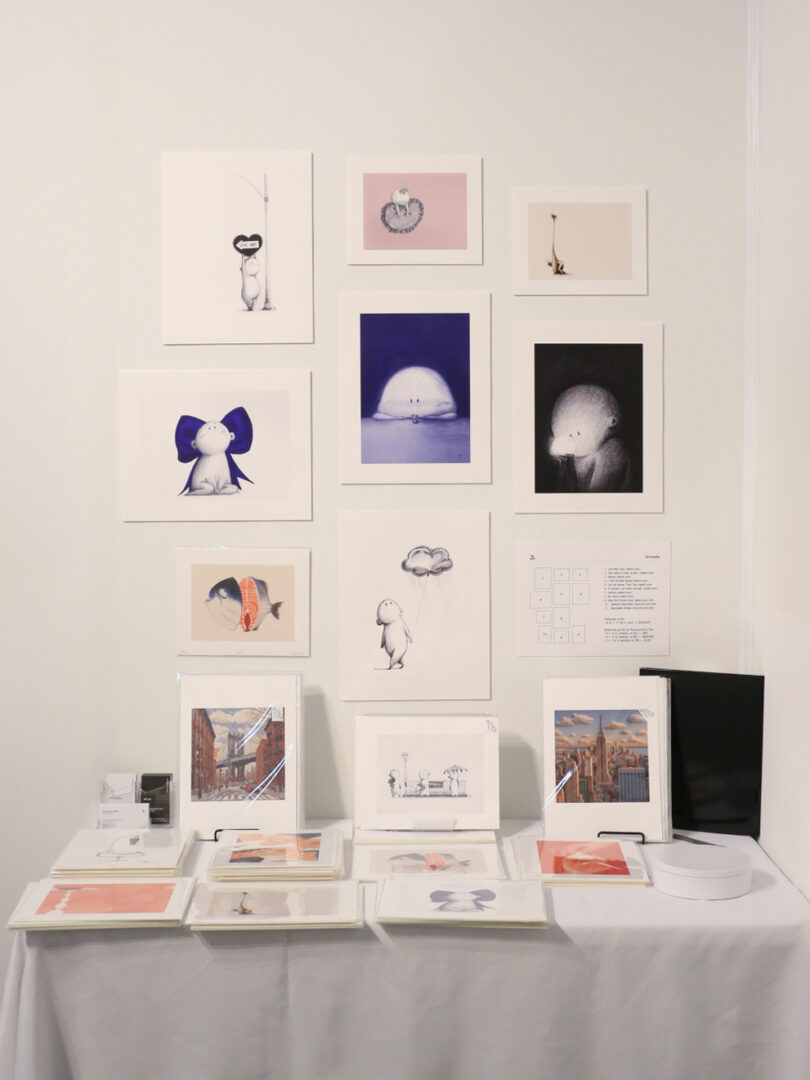
Is there a particular challenge you are currently facing?
The biggest challenge I’m facing is balancing artistic value with commercialization. It’s a harsh but real question for many contemporary artists. In today’s world, many create purely out of passion, yet struggle to make their work sustainable—especially with the rise of AI and the tension between authenticity and automation.
For me, lenticular art sits at the intersection of technology and fine art. It offers a bridge to preserve emotional depth while exploring new visual languages. But it also tests how to keep the soul of art visible in a technology-driven world. I’m learning that real innovation lies where creative integrity and strategic thinking meet.
Contact Info:
- Website: https://www.dairuoyun.com/
- Linkedin: https://www.linkedin.com/in/ruoyundai/
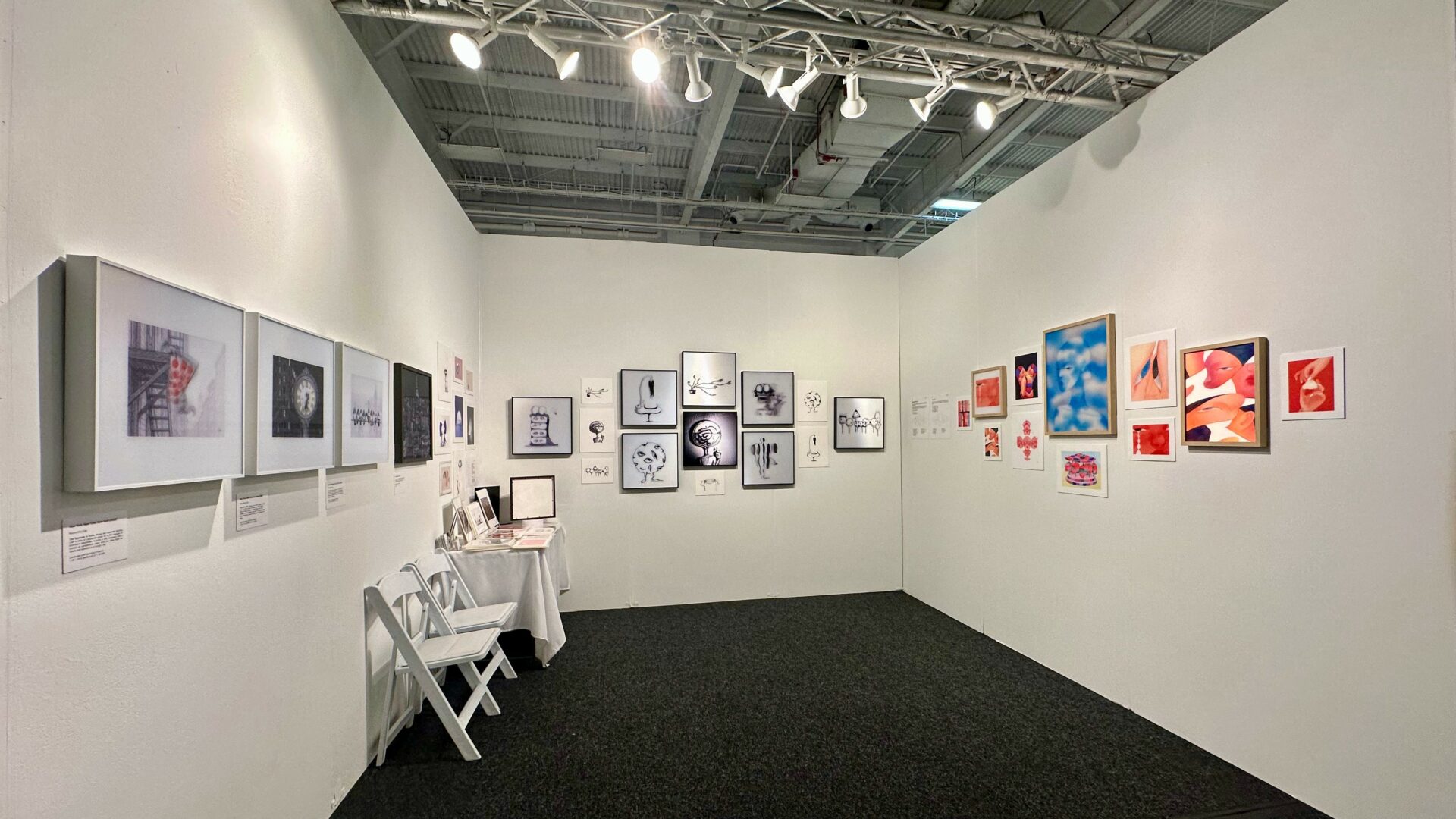
Image Credits
Ruoyun Dai
so if you or someone you know deserves recognition please let us know here.

